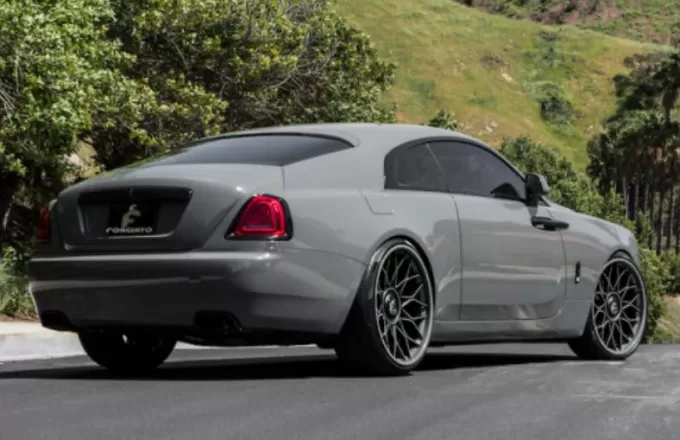Many Drivers Don’t Understand How Road Crossings Work
A review of the Highway Code is underway with a view to improving road safety, particularly for pedestrians, cyclists, and horse riders. We can only hope that the update will help to reduce some of the confusion about the many different types of road crossings as a new survey found that many drivers don’t know how they work.
Drivers Baffled By Road Crossings
With seven different types of crossings on Britain’s roads, it seems that many drivers don’t know when they have to stop, or who can use the crossings. Uswitch conducted a survey to find out just how much the UK’s road users know about the safety of other road users at crossings. Here we have a look at the results and what motorists should know about the different road crossings.
Zebra Crossings
You are not legally required to stop for pedestrians approaching or waiting at a zebra crossing. But more than 80% of the drivers questioned thought they did. You must stop for anyone who has stepped onto the crossing, but not for people nearby. Also, you must not park on the zig-zag lines on either side of the crossing for any reason.
Pelican Crossings
These signal-controlled crossings are for pedestrians only and not for cyclists (unless they dismount) or horses. You must stop at the red light. When the amber light flashes, you have to give way to people on the crossing. One in five people admitted they didn’t know who’s allowed to use a pelican crossing, while 71% thought cyclists could ride across.
Puffin Crossings
Puffin crossings are similar to pelicans, but use sensors to prioritise pedestrian and vehicle traffic. They also detect when a pedestrian is taking longer to cross and holds the traffic. A third of Brits couldn’t identify this type of crossing, and 58% said they didn’t know they were sensor controlled.
Toucan Crossings
These crossings are the same as pelican crossings, but wider and designed to be shared by pedestrians and cyclists, who can ride across. Three quarters of Brits thought pedestrians weren’t allowed to use them, while 25% thought cyclists had to dismount.
Pegasus Crossings
Pegasus crossings, or equestrian crossings, are the same as the toucan crossing, but allow pedestrians and horse riders to cross safely together. It’s one of the UK’s least common types of road crossing and 39% of Brits had never heard of them, with a third not knowing who could use them.
Tiger Crossings
Introduced in 2015, tiger crossings, or parallel crossings feature a pedestrian zebra crossing and a parallel cycleway. They can be installed where a recognised cycle path crosses a road and give priority to cyclists and pedestrians. While signs instruct drivers to give way, many are unaware how to use them.
Pedestrian Refuge Islands
While not marked crossing facilities, refuge islands enable pedestrians to cross one lane at a time on roads with two lanes of traffic. While drivers have priority, 50% of the motorists questioned believed they had to stop for pedestrians at a refuge island.
All drivers should learn about the different crossings. Whichever type of crossing you are approaching, you should be aware of pedestrians, cyclists, or equestrians waiting to cross and be prepared to stop if they move onto the crossing or the lights change.
Why not join the exclusive club of drivers with personalised number plates. You can search the millions of available private registration numbers at CarReg.



